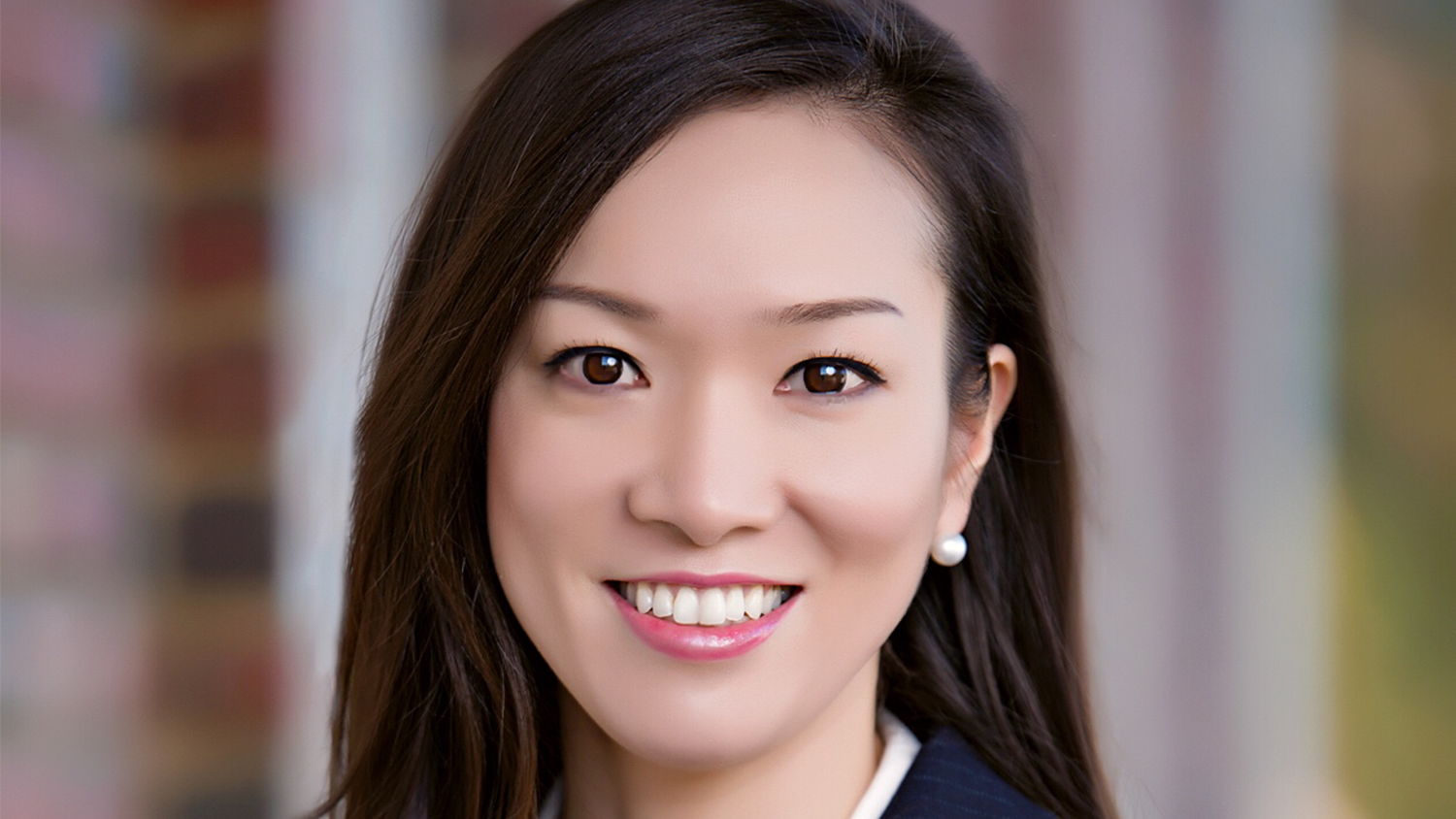Ask the Expert: How Can Educators Help Develop Student Interest in STEM Careers? ‘Students Need to Have Direct Experiences with Science and Other STEM Disciplines to Find Out What They Are Passionate About,’ Says Professor Meg Blanchard

This is part of the monthly “Ask the Expert” series in which NC State College of Education faculty answer some of the most commonly asked questions about education.
There is a growing demand for qualified graduates to fill STEM positions as well as for a diversification of the field, but NC State College of Education Professor Meg Blanchard, Ph.D., said many students who are historically underrepresented, living in poverty or first-generation college students struggle to see themselves pursuing a STEM career.
Blanchard designs and studies teacher professional development projects that can help educators give middle and high school students hands-on experiences with science content, with the underlying goal of stimulating interest among underrepresented populations and first-generation students in considering college attendance and STEM career pathways.
A diverse STEM workforce, she said, is important because bringing a varied group of people to the table can help generate more ideas and solutions to some of the grand challenges facing society.
However, her research has shown that students tend to view career opportunities through a personal lens, and those who do not know a family or community member with a STEM career are less likely to consider it as a possibility.
“We found that students felt their families were very supportive of them, but they had few role models in STEM careers. Most of the students didn’t have clear ideas about steps to prepare them for college because many of their family members had not attended college or gone beyond community college,” Blanchard said. “Because we have so few guidance counselors at our schools, we need to help by incorporating some career explorations in our STEM classrooms.”
To help students explore STEM careers, Blanchard suggests that teachers ask their middle and high school students to think about what some of their professional goals might be and give them the room to learn more about related careers.
Understanding the daily duties required of a particular career and knowing the salary range and amount of education needed to pursue a role can be critical in helping students understand not only which STEM careers might be right for them, but also eliminating jobs that would be a bad fit early on.
For example, through these explorations, a student who had considered a career in nursing may realize that they are uncomfortable around blood, and be able to redirect and pursue a different pathway in the medical field, Blanchard explained.
“The process of eliminating career options is making positive progress. All of these steps, either liking or not liking something, move students forward on considering their career pathway,” she said.
Blanchard’s work has brought STEM career experiences to rural and underserved communities in order to help students consider potential future careers.
The Sustainable Bioproducts and Bioenergy Program, funded by a grant from the U.S. Department of Agriculture in collaboration with the NC State College of Natural Resources, has helped to give students experiences with the bioeconomy. While learning about relevant topics in renewable resources, students participating in the program have created biodegradable bioplastics and used pineapple waste to make paper while exploring careers available at bioeconomy companies located in rural North Carolina.
Her STEM Career Clubs program, funded by the National Science Foundation and the Burroughs Wellcome Fund, reaches more than 200 students through four after-school STEM clubs in northeastern North Carolina and allows them to explore project-based learning activities that expand upon the classroom curriculum and build competency in STEM workforce skills, tools and technology.
Students in these clubs, Blanchard said, have overwhelmingly expressed an increase in their confidence related to STEM abilities and an increase in their ability to communicate when learning in groups.
Learning experiences such as these that set clear goals, have a hands-on aspect, involve some choices with guidance from a knowledgeable teacher and take place in collaborative groups are optimal for helping to get students excited about STEM lessons, she said.
“Many students think that science is memorization from textbooks. Students need to have direct experiences with science and other STEM disciplines to find out what they are passionate about and what careers relate to some of these interests,” Blanchard said. “Unless you specifically incorporate college and STEM career explorations, students — especially those who will be first-generation college students — will likely not make those connections and set those goals.”
To help students see themselves as future STEM professionals, Blanchard said it is also important to help them first envision themselves as college students.
Through various projects, she has helped to bring middle and high school students to the NC State campus so they can get a feel for the college experience. This, she said, gave them a sense of belonging and reaffirmed their belief that they could become college students even if nobody else in their family had done so before.
Video by Ryan Clancy
- Categories:


